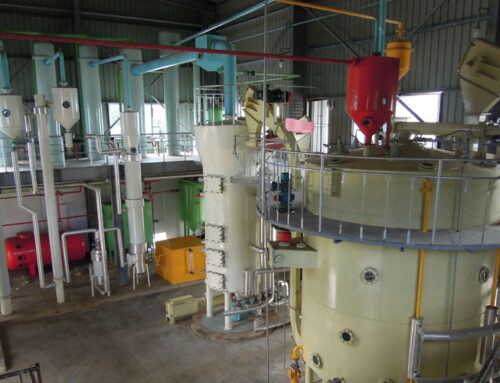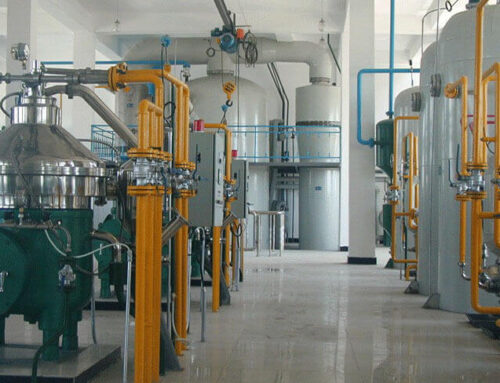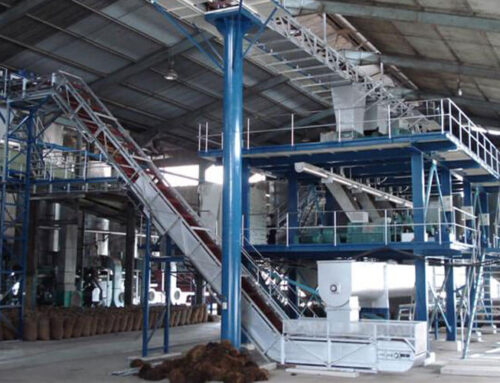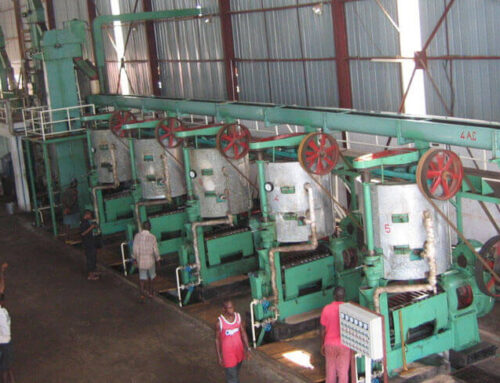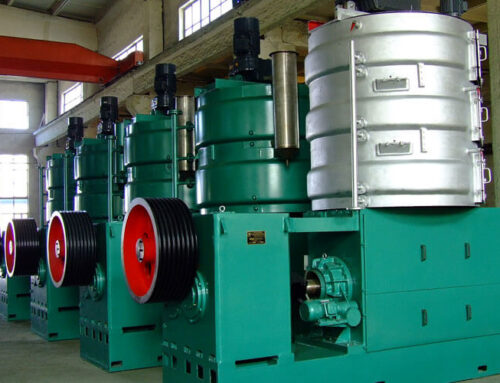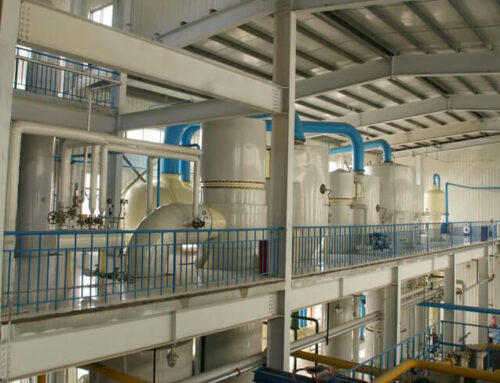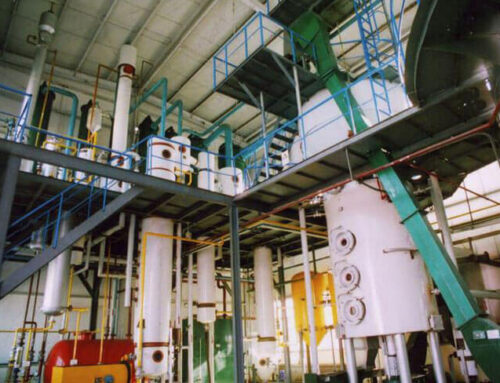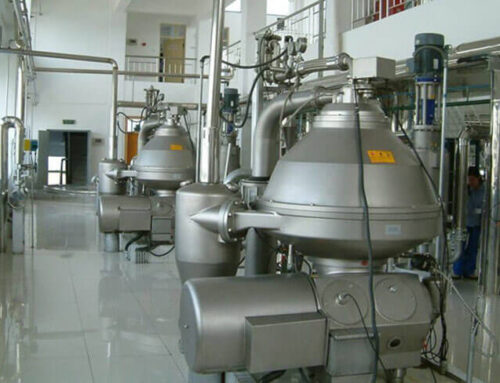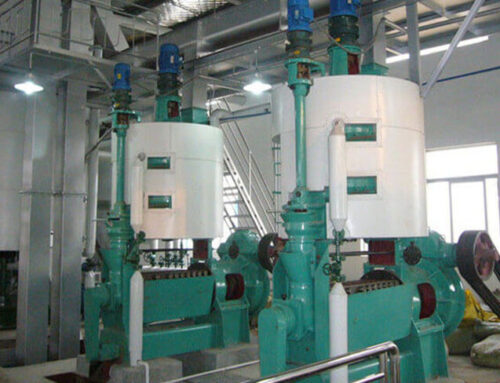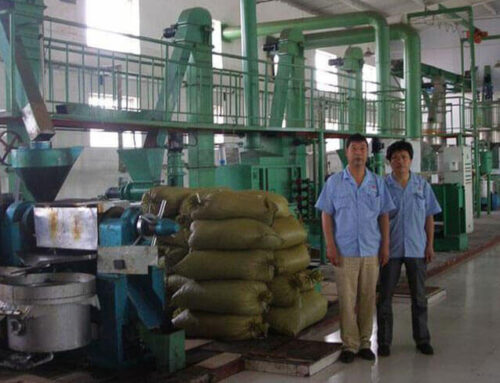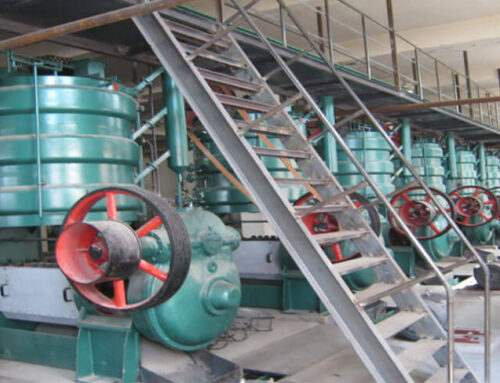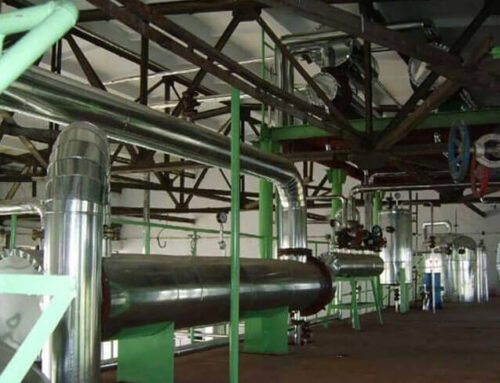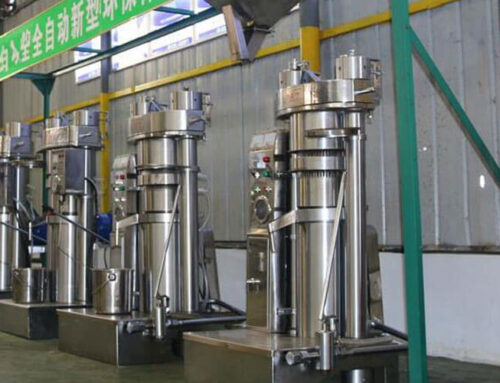Tea Seed Oil Mill Plant Introduction
Tea seed oil mill plant adopts low-temperature screw pressing technology to extract oil from raw tea seeds. The oil extraction production line is compact in design, has a small footprint, and it is easy to operate and easy to maintain. It is widely used in small and medium oil production plants.
Production Process of Tea Seed Oil Extraction Line
The comprehensive production process of tea seed oil is as follows:
Seed material→drying→cleaning and removing impurities→shelling→separation→seed kernel→crushing→water conditioning→pressing→crude oil (pressed cake)→fine filtration (leaching)→pure tea seed oil (oil cake).
1. Drying
If the water content of the harvested tea seed is too high, the husk is hard to be broken and the plasticity is large. The squeezing is easy to excrete. Therefore, Camellia seeds with high water content should be dried so that the moisture content does not exceed 5% in order to dehull and roll the embryos. Tea seed drying is very important in oil extraction, and the quality of tea seed drying has a direct effect on the oil yield.
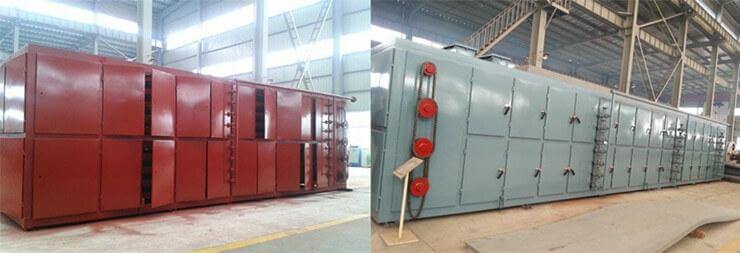
1.1 Changes of heat and steam pressure in drying tea seed
The drying process of tea seeds is divided into three stages: 1. In the preheating stage, the heat supplied by hot air to camellia seed is used to increase the temperature of the camellia seed, and a small portion of the heat is used to vaporize the free water of the camellia seed. With the increase of the temperature of the camellia seed, The partial pressure of steam on the surface is also rising, and the water vaporization rate is also increasing rapidly; 2. In the constant-speed drying stage, the water vapor pressure on the surface of tea seed is in the saturation state corresponding to the temperature of the tea seed at this time. The drying speed is constant, which is equal to the diffusion rate of the moisture from the surface of the camellia seeds to the surrounding medium, and the moisture content decreases linearly; 3. In the slow-down period of drying, the moisture inside the camellia seeds is transferred to the surface and evaporated–that is, the heat and moisture transfer process, until the moisture contained in the camellia seeds is balanced with the humidity of the hot air, and the temperature of the material rises to the same temperature as the medium.
1.2 Tea seed drying method
The tea seed is generally dehydrated by low-temperature baking and drying method because the outside of the tea seed kernel is covered with a densely organized tea seed husk, which hinders the heat transfer and moisture evaporation processes of the tea seed kernels. Most of the moisture is concentrated in tea seed kernels. A plate dryer is used to control the steam pressure of the interlayer which should be heated to about 0.2MPa, and the tea seed kernel with a moisture content of about 8% is dried to a moisture content of about 4% to minimize the free moisture in the kernel and facilitate water conditioning.
2. Cleaning and Removing Impurities
The purpose of cleaning is to increase the oil production rate, to improve the quality of tea seed oil and the utilization value of oil cake, to improve the treatment ability of the machine, to reduce the wear degree of the equipment, and to increase the processing capacity of the equipment. Cleaning methods include screening, destoner machine, magnetic separation, removal of side-by-side mud, dry specific gravity sorting and other methods.
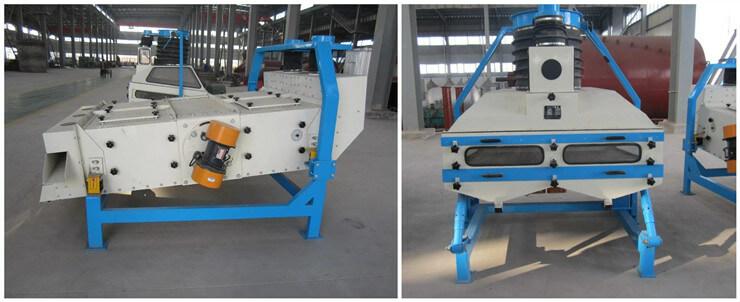
The camellia seeds after drying should be cleaned of empty shells, dirt, and other debris. And the process requirements for seed cleaning are as follows: The maximum impurity content of the clean oil tea seed is less than 0.2%; the amount of tea seed in the waste is less than 0.5%.
3. Shelling and Separation
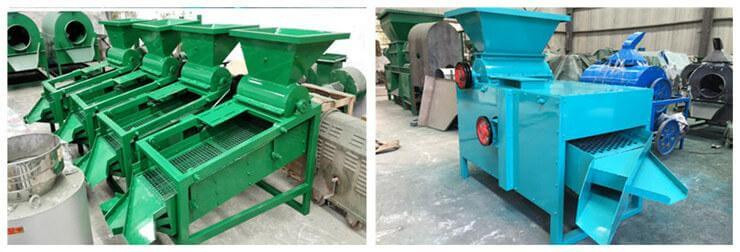
The impact mill is used to break the seed husk, and the husk is thin, and after drying, it contains few moistures and is easily broken. The requirements of shelling and kernel shell separation are: high shell breaking rate, no seed leakage, small powder degree; and there are two main indicators for the separation of kernel shells, that is, shell percentage in kernel and kernel percentage in the shell. Obviously, the lower the kernel percentage in the shell, the better the oil output rate, which is beneficial to the full utilization of raw materials and the increase of oil yield and cake yield.
The kernel percentage in the shell can be set to 0.3%. The shell percentage in the kernel is hoped to be as low as possible, but there are two points to consider: one is that, with a low shell content, the squeezing chamber of the oil press is easily locked by the pressed material, causing slippery buckling. The squeezing is difficult to carry out. The second is to consider the solvent leaching of the cake. When the cake contains fewer shells, there is no skeleton, the material layer is easily compacted, and the solvent penetrates difficultly, resulting in high residual oil in the oil cake, affecting leaching efficiency and solvent consumption. Based on the above two points, after repeated testing, we found that the best value for shelling is to separate about 75% of the tea seed shell content.
4. Crushing
A toothed roll crusher is used to crush the kernels containing a certain amount of shells. The purpose is to granulate and homogenize the seeds of different sizes so that they have the largest surface area and are conducive to the water conditioning. However, the degree of powder cannot be too large, so the spacing between the two-toothed rollers should be strictly controlled.
5. Water Conditioning
After the addition of water, the entire structure of the tea seed kernel has changed greatly, which facilitates the extrusion of the oil. Considering the plasticity and elasticity of the squeezed material, the water content is generally controlled at about 2%.
1. Pressing
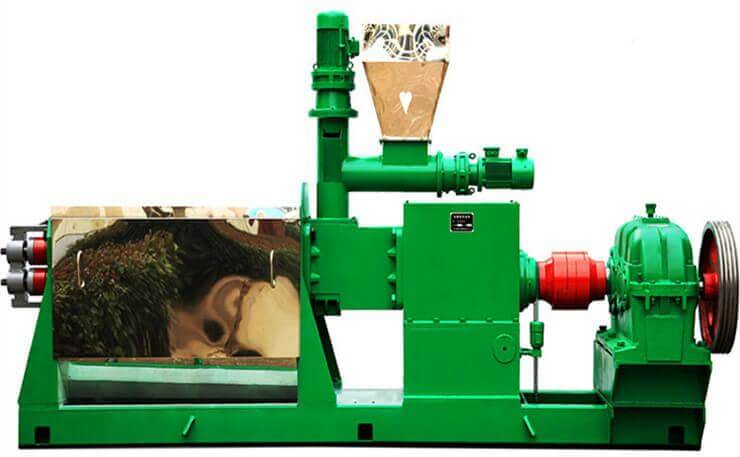
The double screw oil press machine with large compression is selected for pressing. Since the whole production is carried out at a lower temperature (feed temperature ≤ 35 ℃) and the protein in the kernel is not denatured. In order to adapt to the changes in the properties of the feed material, the structure of the press machine should be adjusted to a certain extent, whether the single screw press or the double screw press is used. After adjustment, the residual oil in one pressing can be reduced below 8%, and the oil extraction efficiency can reach 86%.
Main features of double screw tea seed oil presser
- The double screw oil pressing machine has helical gearing technology, and it has advantages of strong propulsion, large pressure in the pressing chamber, high oil output rate, and low residue oil ratio of dried cakes.
- The specially designed double screw shaft has a theoretical compression ratio, and the oil is compressed and expanded five times in the press chamber to realize the strong pressing of the combination of thick and thin material layer.
- A unique cake outlet device, the thickness of the cake can be adjusted steplessly.
- The vulnerable components are made of carburized steel and subjected to strict heat treatment. They have high strength and toughness, low-temperature impact toughness, wear-resistant treatment and long service life.
- Low-temperature screw press equipment eliminates the hot-pressing process of softening, steaming and frying. It has few production equipments, no environmental pollution, low power consumption, and low production cost.
Application of double screw oil press machine
- There are two coaxial screw shafts in the press chamber, with a method of shear-reverse screw feeding and large thrust, which can clear the oil way.
- Adapt to the cold and hot pressing of various oil crops.
- Suitable for peanut kernel, tea seed, rapeseed, sunflower seed, soybean, corn germ, flax seed, almond and other plant oil.
- In the cold pressing process, the raw material can be squeezed directly.
2. Crude Oil Filtration
Because of the low temperature of the pressing process, the protein and sugar in the raw material are undenatured, and the oil is mixed with these substances and becomes cloudy. This process uses a closed filter and a bag filter to purify the crude oil two times in order to ensure the clarity and transparency of the cold pressed oil.
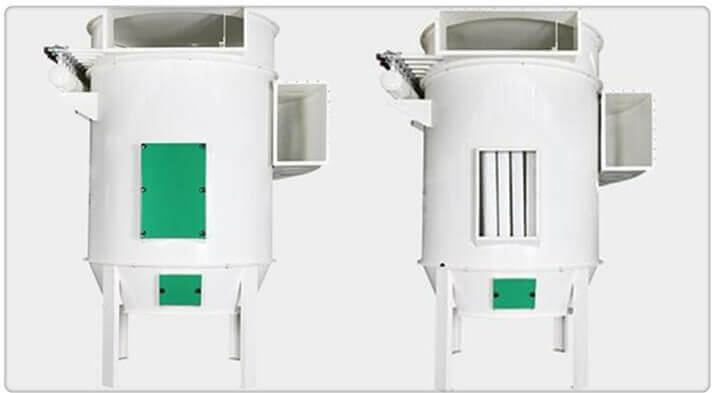
Pressed Cake Leaching
After the tea seed is pressed to obtain “squeezed tea seed oil”, the pressed cake still contains residual oil which can be fully extracted by leaching method to obtain “leached oil”. The complementarity of these two methods makes full use of the raw tea seeds and reduces the cost of raw material.
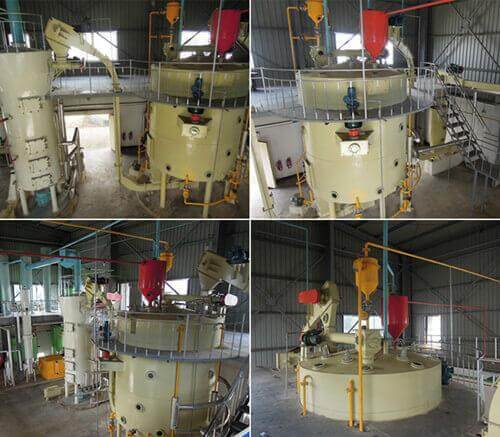
Tea Seed Oil Refining
The pressed crude oil and the leached tea seed oil must be physically and chemically refined to become edible camellia oil. Because the content of gum in tea seed oil is not high, no special degumming process is required. Due to the consumption of tea seed oil has high requirements for acid value, color, and other impurities, deacidification, decolorization, and deodorization are essential procedures in the refining process.
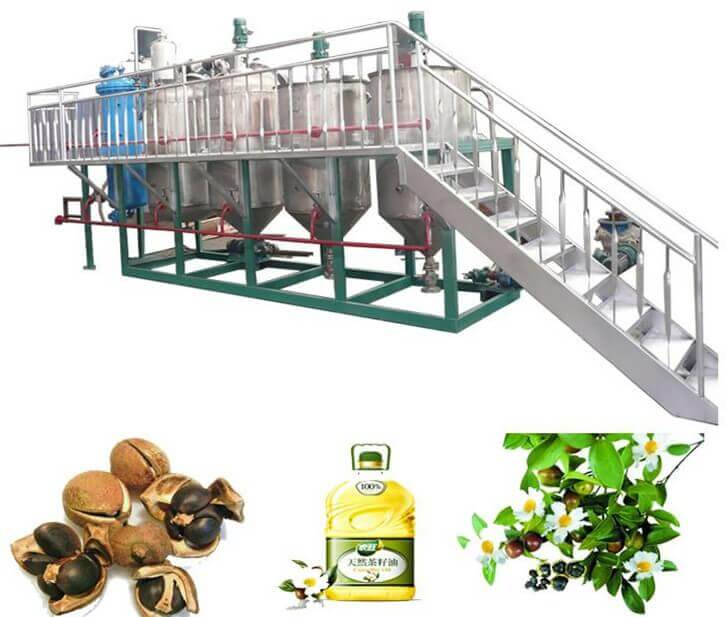
- Alkali refining
According to the properties and uses of tea seed oil, we adopt low-temperature alkali refining method. The initial temperature of crude oil is controlled at 25℃, and the added amount of alkali is based on the actual acid value of tea seed oil: (the amount of alkali= 7.13*10-4*oil weight*acid value), the concentration of alkali liquor is adjusted at 12.66%~14.35%, and the alkali liquor is required to be added in oil within 10 minutes.
In the beginning, the stirring speed is around 70r/min. After the alkali liquor is added, stirring should be continued and samples should be observed. When the soap particles are condensed and separated from the oil, the stirring speed is slowed down to 30r/min. At the same time, steam heating begins. The heating rate is controlled at about 1.5℃/min. Samples are observed again: When the soap particles are large and strong and are quickly separated from the oil, the steam heating should be stopped. Meanwhile, the salt water is added, then stirring is stopped, and keep the oil stand for precipitation. The general precipitation time requires more than 10 hours.
- Washing
After alkali refining, the upper oil is sucked into a water washing pot, the oil is stirred and heated to about 80℃, then the oil is washed for 3 times with hot water at 85℃. The water content is about 10% of the oil weight, and the stirring speed should be slow during the washing process. The washing quality is tested by using pre-configured titration solution, and the qualifying standard is that the oil solution shows no obvious alkalinity.
- Decoloring
The oil is inhaled into the decolorizing tank by vacuum pressure and heated up to 95℃. Then the oil is dehydrated for 20~30 minutes, and the moisture content is reduced to less than 0.1%. When the temperature drops to about 90℃, the oil is pumped into the vacuum dryer for drying. After drying, 97% of the oil is pumped into the decolorizing tower and 3% of the oil goes into the pulping tank and the clay is added into the decolorizing tower for decolorization, which requires a disposable inhalation. The decolorization time is controlled in 20 minutes, the vacuum degree is 97~99 KPa, finally, the oil is cooled to below 80℃ for filtration.
- Deodorizing
The decolorized oil is sucked into the specially designed deodorization pot, and the temperature is first raised to 110℃ by indirect steam. Secondly, when the oil is heated up to 150℃ by heat-conductive oil, the direct steam is inputted into the pot.
While the temperature continues to increase to 240℃, at this time the sample is taken from the separator for observation, and the sample is retained for two hours and then compared with the new sample. If the sample color is faded and the consistency is reduced, switch off the direct steam valve. After another two hours, turn off the heating system and the direct steam, and then cool down the oil. When the oil temperature drops to 70℃, shut down the steam-jet pump to let the oil continue to cool until the oil temperature is around 25℃.
- Nitrogen filling and packaging
The tea seed oil after deodorization is inhaled into the nitrogen filling tank, then the valve of the nitrogen tank is switched on, the nitrogen gas is filled into the oil, and the packing is carried out according to the required amount of nitrogen pressure. Generally, the oil is packaged in barrels in dark, dry place.
Low-Temperature Oil Pressing Advantages

- Improve the quality of raw tea seeds and ensure the quality of raw tea seeds;
- Avoid the dark color of tea seed hulls affecting the product color;
- Avoid the poor quality of mildew tea seed materials into the production process, which ensures the crude oil quality;
- Avoids the dark color and odor of tea oil caused by high temperature;
- Compared with the traditional technology, low-temperature tea seed oil pressing technology has the advantages of simple process, good oil quality, energy saving, low investment in equipment, small area, etc. The finished tea seed oil obtained through this pressing process has light yellow, clear and transparent look, fresh fragrance. It is not only good edible oils but also has health care functions and can be used as makeup oil, thus improving the economic and social benefits of tea seed.



